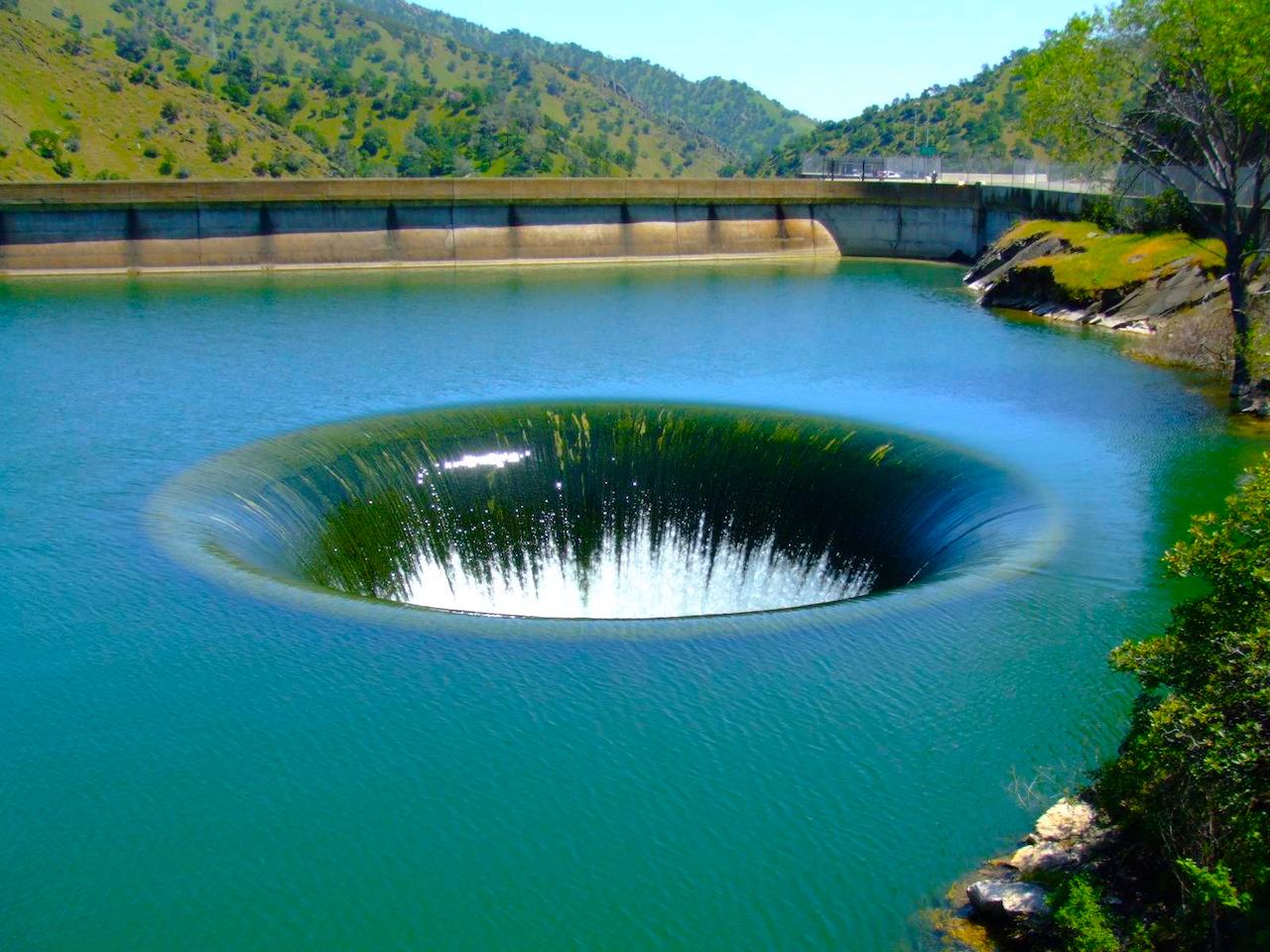These deep holes in the planet seem to be carrying water to the center of the Earth
Natural sinkholes are depressions or holes in the ground formed by the subsidence of surface materials such as soil, rock or bedrock. They can vary in size and depth, from small, shallow depressions to large holes that can swallow entire buildings.
Sinkholes are generally formed by natural processes of erosion, dissolution and subsidence. This occurs in areas with soluble rock such as limestone, gypsum and dolomite, where water can dissolve and wash away the rock over time, creating underground caverns. Over time, the structure of caves weakens and collapses, creating a sinkhole.
Sinkholes can also be caused by human activities such as drilling, mining and construction, which can disrupt natural drainage patterns and make the ground unstable. In other cases, as we shall see, they are needed as sinks for large bodies of water.
These are the most incredible holes on Earth:
Morning Glory, United States
The Monticello Dam is located in Napa County, California, USA. Many dams drain on the sides, but this dam is trapped between mountains, so the engineers decided to build an outfall, just like the one in the bathtub, but huge. . The morning glory spillway associated with the dam is the largest in the world. It is a funnel-shaped outlet that diverts water when the dam reaches its maximum capacity. Locals know it as the “Glory Hole” and it is located about 200 feet (61 m) from the dam. The outside diameter is 22 m, slowly decreasing to 8.5 m at the exit. Swimming nearby is prohibited. Sadly, in 1997, a student was swept away and drowned.
The Great Blue Hole, Belize
The Great Blue Hole is a large underwater sinkhole located off the coast of Belize in Central America. It is circular with an approximate diameter of 300 meters and a depth of 124 meters. The hole is believed to have formed during the last ice age, around 15,000 years ago, when sea levels were much lower and the area was a large cave system. It is a popular destination for divers and has been declared a UNESCO World Heritage Site. The sinkhole is known for its crystal clear blue waters and diverse marine life including reef sharks, turtles and colorful fish. Divers can explore the underwater cave system and see spectacular stalactites and stalagmites that formed when the sinkhole was a dry cave.
El Zacaton, Mexico
For a long time it was thought that it had no bottom, because no one had found it. We now know that it is exactly 335 meters deep, making it the deepest water-filled sinkhole on the planet. El Zacatón is located in Rancho Azufrosa, near the town of Aldama, in Tamaulipas, northeast Mexico. It is 110 meters in diameter, approximately circular, and contains a deep lake. The water is warm (about 30 degrees on average), highly mineralized and with a sulfurous smell.
Xiaoxhai Tiankeng, China
Xiaoxhai Tiankeng is the world’s largest and deepest sinkhole, located in Fengjie County, Chongqing Municipality, China. It is 660 m deep and has a volume of 130 million cubic meters. Xiaozhai Tiankeng is also known as Xiaozhai Heavenly Moat and is part of the Shaanxi group.
Quo Science Trips section sponsored by hyundai
